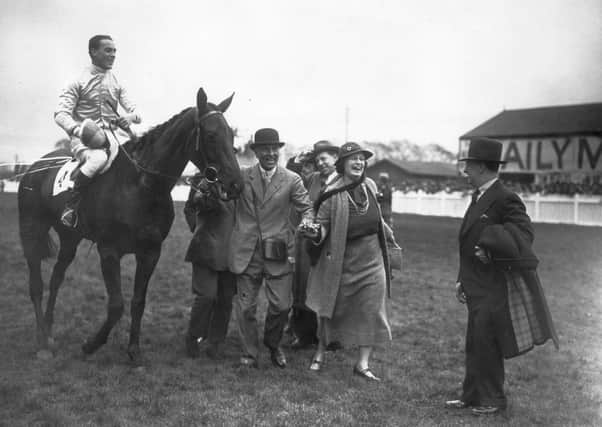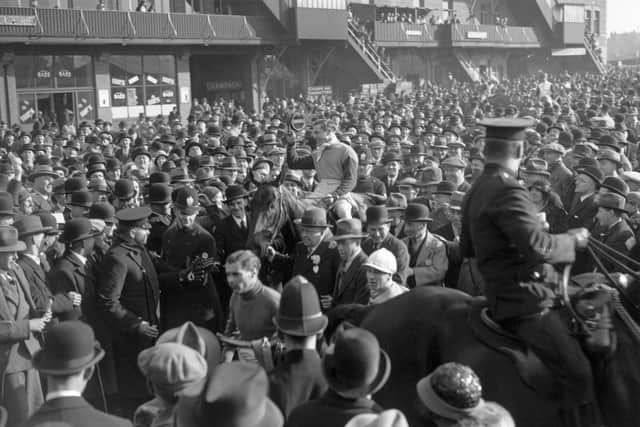The Grand National in pictures, pre War memories


Yet, while Aintree’s iconic course has been much modified, the race still attracts a global TV audience of 600 million viewers. Apart from the two world wars, the only other occasion that the National has not been completed was in 1993 – the ‘void’ race after a false start. It did, however, take place 48 hours late in 1997 after a bomb scare saw the whole course evacuated.
Today ITV, with the help of modern technology, is broadcasting a Virtual Grand National – the start time is 5.15pm – with bookmakers taking bets and proceeds going to the NHS.
Advertisement
Hide AdAdvertisement
Hide AdAnd this gallery of pre-war pictures are indicative of the race’s heritage and explain why Ruby Walsh, victorious in both 2000 and 2005, said this week that there was no better feeling in sport than returning, behind two police horses, on the walkways to the old weighing room and passing through the thronging crowds.


His worry, like so many other winners, was making it to the weighing room – and the official result being declared – before spectators had grabbed parts of his saddle. Now, with the course modernised, the victory parade is choreographed.
But its magnetism is the same. Ask jockey Noel Furlong who rode his father Frank’s legendary Reynoldstown in 1935 to the first of two National successes. Leaving the course in high spirits, he reportedly bumped his car into another vehicle. Its irate driver confronted him: “Who do you think you are – have you won the bloody Grand National or something?” “Well, yes, actually I have,” replied the victorious jockey. And they shook hands.
Comment Guidelines
National World encourages reader discussion on our stories. User feedback, insights and back-and-forth exchanges add a rich layer of context to reporting. Please review our Community Guidelines before commenting.